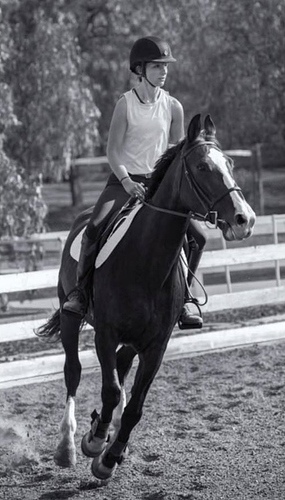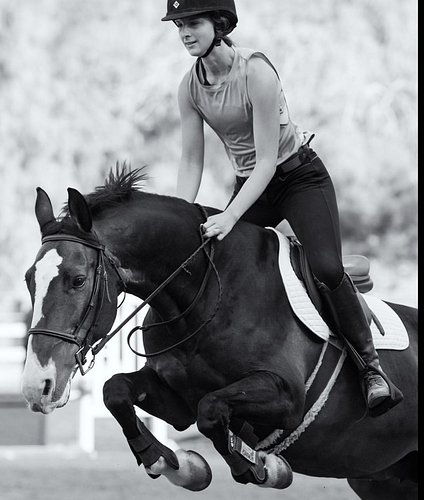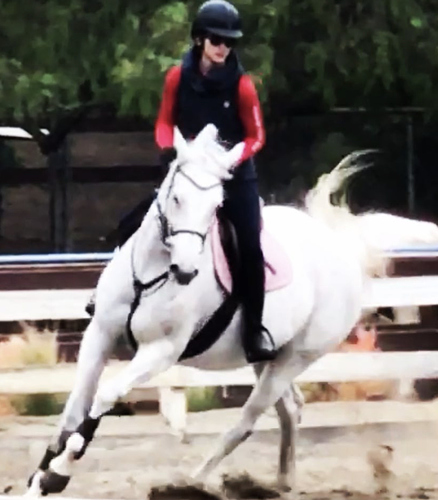My gelding sounds similar to your totally “zero stop” horse. He definitely borders on the unsafe side as far as his willingness to leave the ground from anywhere. He certainly has taught me to be more accurate.
I do wonder if he would be more inclined to stop if he were given a not-accurate ride at 4’+. I have shown/ridden him up to 3’6”, and that is still a height that he basically canters over, so perhaps for him, leaving 2 strides out at a 3’6” vertical just isn’t that …. physically hard, so he does it. Versus maybe he WOULD stop, if he were given that same ride at a bigger height (but the pro who rides him barely misses and if she does, it’s not to the same extent as my ammy-mistakes).




 they were all very thoughtful and insightful and I enjoyed reading them. This is a tough sport that we do.
they were all very thoughtful and insightful and I enjoyed reading them. This is a tough sport that we do.


